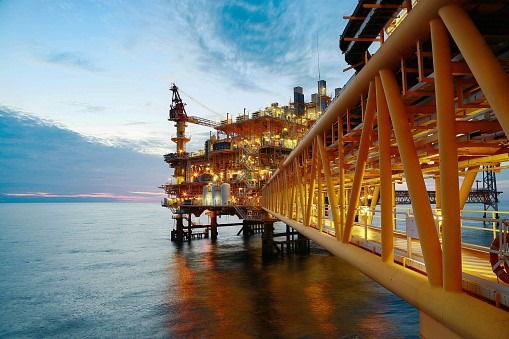Brent crude oil futures dropped $3.49, or 3.56%, to $94.66 a barrel by 0945 GMT, settling 1.5% weaker on Friday. U.S. West Texas Intermediate crude also fell. It dereased by $3.32, or 3.61%, to $88.77, following a 2.4% drop in the prior session.
China’s economy unexpectedly stalled in July, while refinery production slipped to 12.53 million barrels per day, its weakest after March 2020, government data revealed. ING bank cut its projection for China’s 2022 GDP increase to 4% from 4.4%. It cautioned that an additional downgrade is feasible, relying on the strength in exports mourning from high inflation, ongoing coronavirus restrictions, and unemployment increase in mainland China.
Reviving the 2015 Nuclear Deal
Analysts stated that the oil supply could increase if Iran and the United States take an offer from the European Union to restore the 2015 nuclear deal, which would terminate sanctions on Iranian oil exports. Iran’s Foreign Minister Hossein Amirabdollahian stated on Monday that Iran will react to the EU’s nuclear text later in the day and that a deal can be completed if the U.S. approves of the three remaining points.
Adding to the bearish sentiment, Saudi Aramco (TADAWUL:2222) stands prepared to increase crude oil production to its highest capacity of 12 million BPD if ordered by the Saudi Arabian government, Chief Executive Amin Nasser informed reporters on Sunday.
Furthermore, a Louisiana official reported that crews repaired a damaged oil pipeline component late Friday, which had disrupted production at several offshore U.S. Gulf of Mexico platforms, and producers began reactivating some of the suspended production.
These developments reflect a complex interplay of global economic and political factors influencing oil prices. The situation in China, the ongoing negotiations regarding the Iran nuclear deal, potential shifts in production by major oil producers like Saudi Aramco, and the repair of critical infrastructure in the Gulf of Mexico all play a role in determining future oil market trends. Investors and market analysts continue to monitor these situations closely, as they can have significant implications for the global energy market.
















